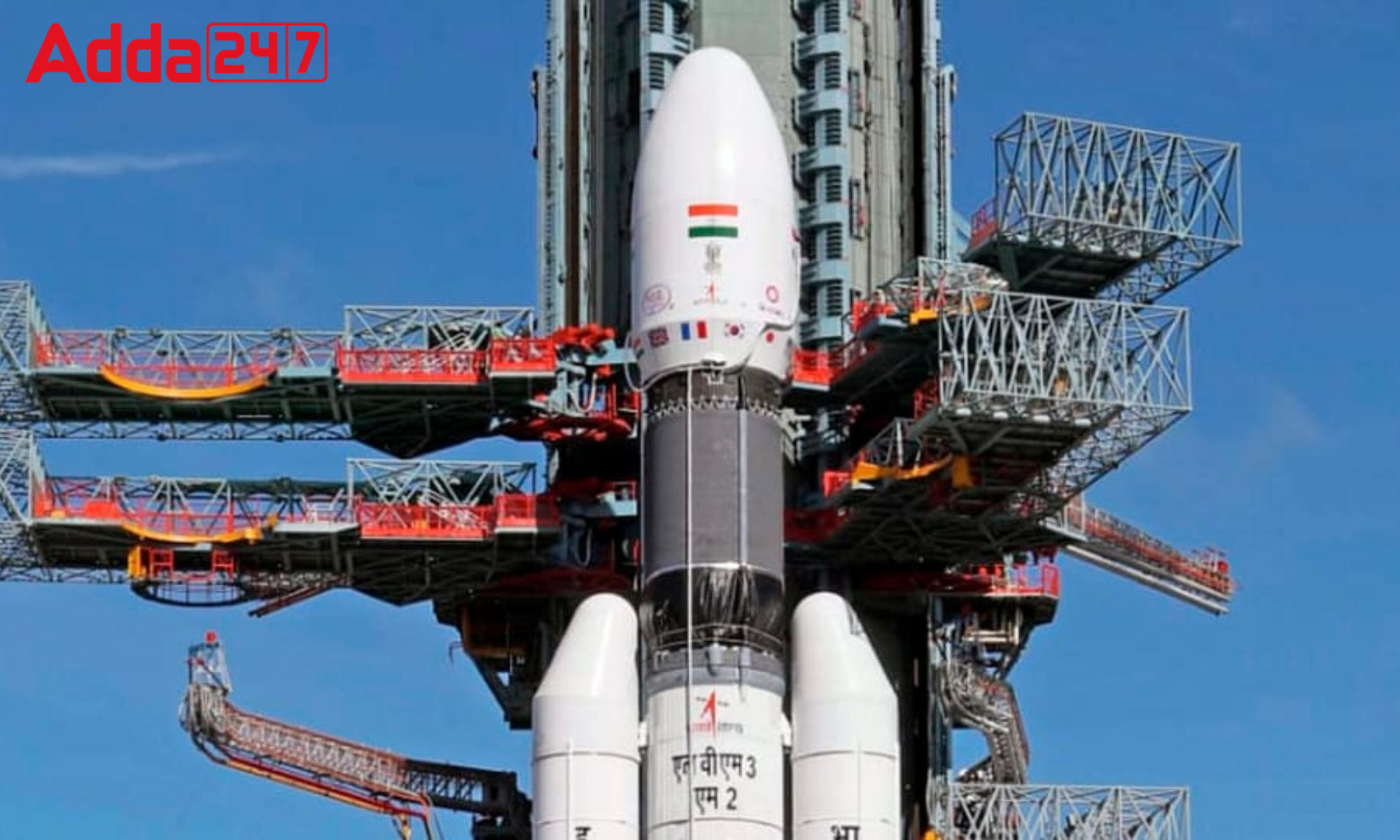Chandrayaan-3 set for launch in August 2023: The Indian Space Research Organization (ISRO) plans to launch its third lunar mission in the month of June 2023. The more capable lunar rover that will be carried by Chandrayaan-3, which is essential for future interplanetary explorations, according to S. Somnath, Chairman of the Indian Space Agency, ISRO.
Chandrayaan-3 set for launch in August 2023: Key Points
- According to S Somnath, the Geosynchronous Launch Vehicle Mark-III (GSLV Mk-III) will launch Chandrayaan-3 (C-3) in June of next year.
- ISRO is also working on the Gaganyaan mission, and the first abort test is scheduled for the new year.
- The mission will rely on the Chandrayaan-2 orbiter, which is already circling the Moon; the Chandrayaan-3 rover is not a clone of its predecessor, according to the head of ISRO. “C-3 is now prepared.
- It’s not an exact copy of the C-2. There is the rover. Engineering has undergone a huge change. We have strengthened it so that it won’t experience issues like it did previously as per Indian Space Research Organization (ISRO) chairman.
About the Mission Chandrayaan-3:
- The mission was previously scheduled to launch in the third quarter of 2022, but it has now been further postponed.
- The coronavirus epidemic and the upcoming lockdown earlier hampered the progress on Chandrayaan-2’s replacement.
- It is important to note that the Chandrayaan-2 mission lost control and fell to the Moon’s dark side.
- However, the orbiter is still operational and making crucial observations of both the solar system and the lunar surface.
- Chandrayaan-3 is crucial for Isro since it will show off India’s capacity to do landings for future extraterrestrial expeditions.
About ISRO Abort Mission:
- After ISRO aborted two missions, Gaganyaan will make its maiden unmanned flight to make sure ISRO can rescue the crew in any situation.
- During the first abort mission, which will take place when the spacecraft is travelling at the speed of sound and has reached an altitude of 10-15 km, trans-sonic conditions will be present.
- The second ISRO abort mission would aid the space agency in showcasing crew rescue skills under “not so good” aerodynamic conditions and at speeds double that of sound.
- The crew will be removed off the launch vehicle by a saving device as part of an abort mission.
- The team must then safely land in water using the capsule as part of the test as per the Indian Space Research Organization (ISRO) chairman.



 Indian Olympic Medal Winners List Till N...
Indian Olympic Medal Winners List Till N...
 Who is the Inventor of the Gramophone?
Who is the Inventor of the Gramophone?
 HS Dhaliwal Appointed New DGP Of Andaman...
HS Dhaliwal Appointed New DGP Of Andaman...
